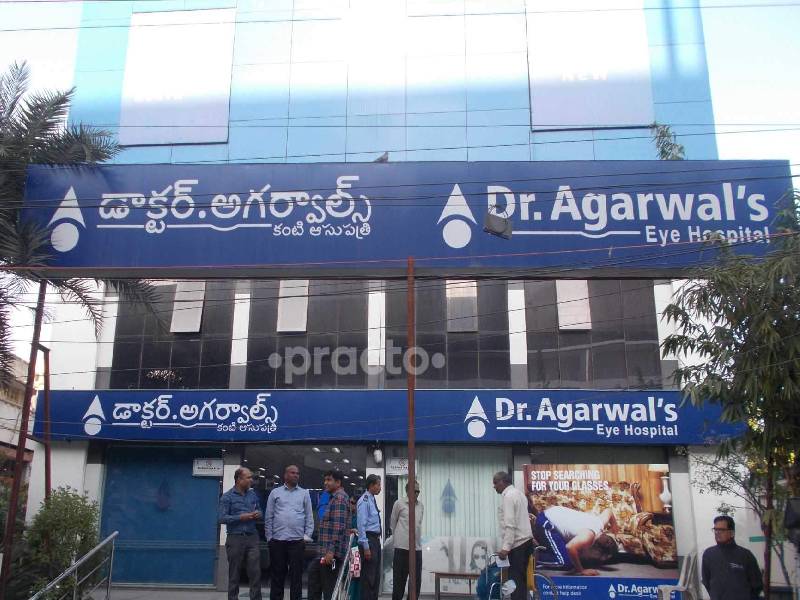

Prolonged "near work" of any type, like looking at electronic devices or reading books, can, however, increase the risk of developing nearsightedness. "That goes for children and adults," Soni said. However, the blue light from screens interferes with the brain's release of melatonin at bedtime, and that's why parents should consider limiting their child's use of electronic devices at the end of the day. While many parents are concerned about the effect that digital screens have on their child's eyesight, there's no evidence that electronic devices are harmful to the eyes, Soni said. Bungee cords and Nerf guns can potentially cause serious eye injuries. Parents should consider the use of protective goggles.Ĭhildren also need to be educated about the proper use and safety of household objects like scissors, pencils and wire coat hangers. When it comes to potential eye injuries, sports present the biggest risk. These could be signs of inflammation or infection in a child's eyes.īest Way to Protect a Child's Eyes from Injury Parents should also take note of any redness, tearing or light sensitivity. "Such a child warrants a complete eye examination by an eye doctor," Soni said. It's possible those unequal reflections are an indication of the presence of a cataract or, in rare cases, a tumor. This effect might also be noticed when the child is sitting in front of a lighted window. If you see a red reflex that is consistently asymmetric ― seeing it only in one eye, or noticing the reflex is different colors in each eye ― that may indicate a problem. While the red reflex is usually detected during an examination by a pediatrician, sometimes parents notice it when taking a picture, even though most phone cameras now have red-eye blockers. "Similarly, during those first weeks, the baby's eyes can be intermittently crossing or drifting out," he said. "If a child's eyes don't seem to be lining up when making eye contact with you, then that is something that should be checked out," Soni said.Įye contact in babies typically develops around eight weeks, so parents should not worry about inconsistent eye contact during those early weeks, Soni said. Parents might notice nearsightedness if a child always gets up close or squints their eyes to see things far away.Īnother common eye condition in children is the previously mentioned strabismus. Refractive errors such as nearsightedness, farsightedness and astigmatism are the most common conditions. "If there are no vision concerns for a child, most children do not need routine eye care."Ī caveat: a child should receive regular eye examinations if they have a family history of childhood-onset eye problems or if the child has a systemic condition, such as Down syndrome or diabetes. "So not all children need a complete eye examination," Soni said. This type of screening takes place at well-child visits and at school.

Once children are old enough to read an eye chart, that provides the most reliable method of screening. If the instrument identifies a problem, the child is referred to an eye doctor for a complete eye examination. A special camera takes a picture of the eye's light reflexes, which the instrument analyzes to screen conditions such as refractive error, which indicates a need for glasses, and strabismus, also known as crossed or lazy eye. Another method used by both pediatricians and school nurses as kids get a bit older are photoscreeners.


 0 kommentar(er)
0 kommentar(er)
